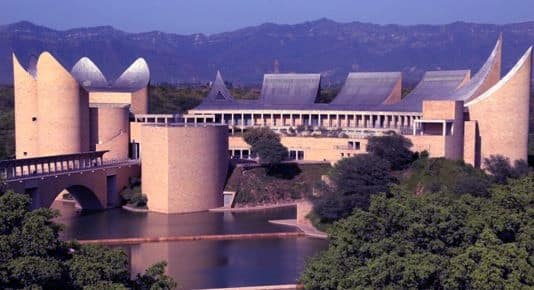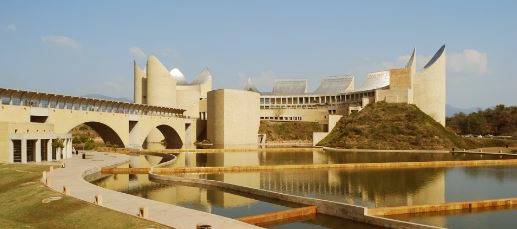With visitations by over 10 million people since its opening. The virasat e Khalsa was crowned as the museum with the highest footfall in the country in 2019. Located in the holy town of Anandpur Sahib in Punjab, the museum’s rich heritage, culture, and stunning architecture. Its peaceful and serene atmosphere has made it a popular choice among both residents and visiting tourists. According to the tourism department, the museum had an average of 5000 visitors per day. So, what makes virasat e Khalsa such a popular spot?
Virasat E Khalsa: The History and Heritage
The virasat e khalsa was created to mark 500 years of Sikh history and to also commemorate 300 years of the birth of Khalsa. As based on the scriptures of the last human Sikh Guru, Guru Gobind Singh Ji. Sikhism, like many other religions of the subcontinent, was born in India. Thus this museum is one of a kind in the whole world concerning its history and heritage. Indeed, many practitioners of faith consider it an important rite to come here, often with friends and family, and to learn about their community and religion. However, the gates of the virasat e khalsa are also always open to those of different faith. Inviting them to come in and learn about the rich and noble history of Sikhism and its community in the country.
Virasat E Khalsa: The Stunning Architecture
The museum’s design was undertaken by Israeli architect Moshe Safdie and represents two hands folded in prayer. One of the most stunning effects of this museum is indeed its outer facade – soft yellow stones rest in a valley of lush greenery and water. Anybody who visits the museum can thus not help but feel one with nature, and revel in the beauty that humankind is capable of. The museum is split into two parts, with the smaller western complex housing an auditorium, library, and temporary exhibitions. The larger eastern complex highlighting a set of permanent galleries that reflect the Five Virtues of Sikhism.
Virasat E Khalsa: Every Wall Tells A Story
The interior of the virasat e khalsa is just as stunning. It contains rich murals and wall paintings that depict the life of the bygone days. Audio guides in numerous languages then take visitors on a tour, with stunning ceiling suspensions, carpets, murals, and carvings detailing the entire history of Sikhism in chronological order, starting from the life story of Guru Nanak Dev, the founder of Sikhism, and following the trials, tribulations, and triumphs of the religion and its community, right through the pains of Partition and the resilience and rebuilding that emerged in independent India. As one admires the stories, one cannot also help but admire the craftsmanship of the place. Every single turn brings some new marvel. Colors, designs, lighting, and even the walls and floors all come together to provide a beautiful spectacle.
Virasat E Khalsa: What Makes It Worth The Visit
Perhaps what makes virasat e khalsa a must-visit is the fact that it encapsulates, so beautifully, the history and heritage of a piece of India. No matter who you are or what your social and religious affiliations are. We have a duty and responsibility as citizens of the country to learn about each other and our shared past. The virasat e khalsa enables us to do just that, and that too in an incredibly beautiful manner.
At a time when divisions of all sorts threaten to separate us. Places such as the virasat e khalsa remind us that we were born of the same soil and that we share a common past and can build a future together.


